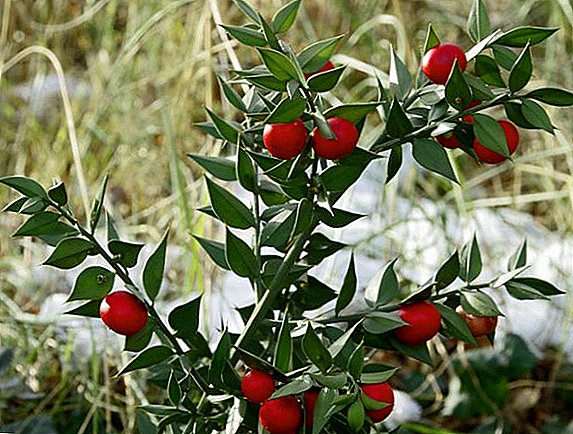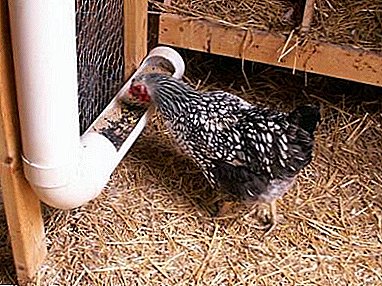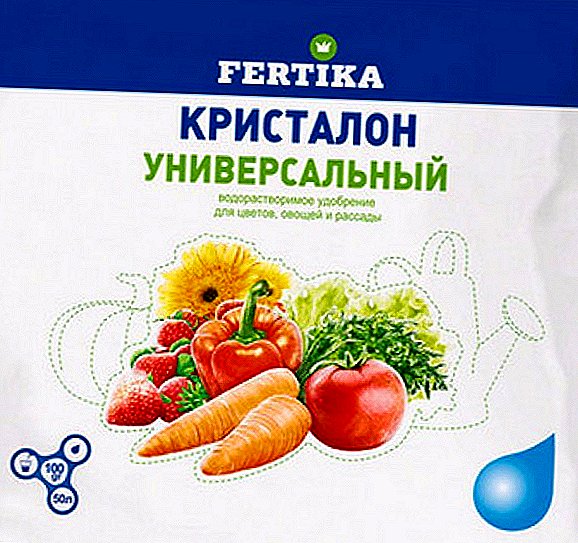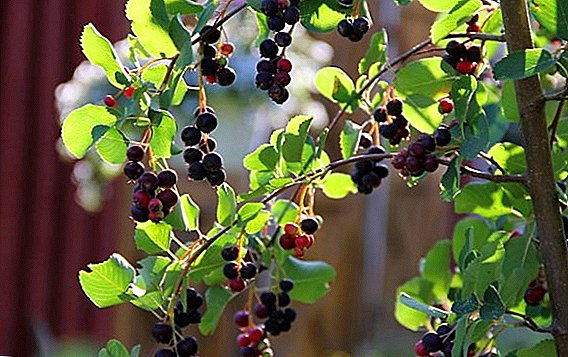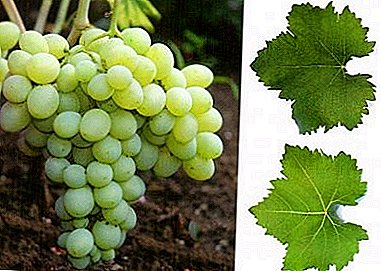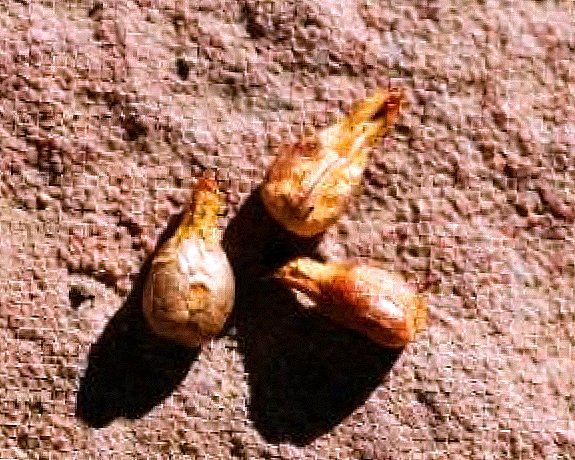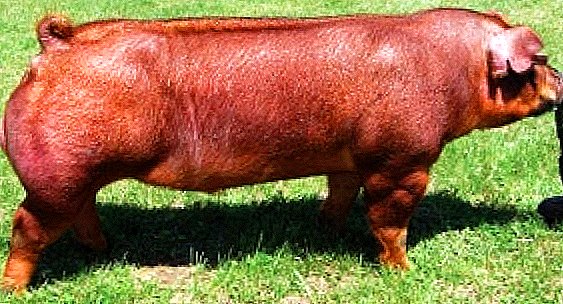
Brussels sprouts are a healthy and tasty vegetable. The plant is rich in valuable nutrients and has an unusual appearance.
Small, dense coaches contain a substantial amount of easily digestible vegetable protein, as well as vitamins, minerals, organic acids and biologically active substances.
Culture is not very common compared to the white and red cabbage. But still in high demand.
Consider the various varieties of Brussels sprouts in terms of ripening fruits, as well as the most unpretentious varieties. Description of species and illustrative photographs.
Maturing maturity
In terms of ripening Brussels sprouts are:
- early ripe;
- mid season;
- late maturity.
Early varieties yield a crop in 120-150 days. Mid-season cabbage ripens for 150-180 days. And the latest varieties will delight you with a harvest in 180-200 days.
Individual varieties and their hybrids are grown in vegetable gardens. Brussels sprouts are also distinguished by the height of the stem. It is believed that low and medium-sized varieties ripen faster and allow you to use the technique to collect the ripened fruit. The shape, size, color and number of heads matter. Gardeners pay attention to taste and resistance to disease, unpretentiousness in cultivation.
Unpretentious varieties
The unpretentiousness of Brussels sprouts is manifested in:
- frost resistance;
- immunity to disease;
- low requirements for soil composition and moisture.
Cold-resistant variants include Dutch hybrids:
 Franklin F1.
Franklin F1.- Diablo F1.
Another advantage is resistance to fusarium.
Also resistant to frost and diseases domestic varieties:
- Hercules.
- Funny company.
- Garnet bracelet.
Notes:
- Hybrid Pomegranate bracelet tolerates cooling to 8 ° C. And his coaches during the cooling brighten.
- Cold resistance is also distinguished by breeding Boxer F1, Sanda (resistant to mucous bacteriosis).
- American selection Long Island is immune to spring frosts and fungal infections.
- The F1 Diamond Hybrid is resistant to many diseases, except powdery mildew and rust.
- Hybrid Dallik received high resistance to keel.
Frankly bad varieties of brussels sprouts do not exist. The culture was not particularly popular due to the relatively low yield compared with any other varieties of cabbage. However, when there was a tendency to keep vitamin vegetables in the freezer, interest in the Brussels sprouts increased: compact cabbages are more convenient in freezing.
In addition, the nutritional value of small forks is much higher compared to other vegetable varieties. There are rare varieties for our sites that are more actively cultivated in other parts of the world, such as the Japanese selection Nagaoka Cross (Jade Cross). Some growers complain that hybrid varieties are less tasty, but at the genetic level they are better protected from diseases and pests.
- Franklin F1 hybrids and F1 Brilliant, German variety Rosella, domestic Merry company are famous for their excellent taste.
- Hybrid Pomegranate bracelet F1 has an excellent taste and dietary characteristics.
- It is worth trying the offer of Russian breeders - the Komandor variety.
- Especially popular is the taste of Brussels sprouts Sapphire.
- Purple-red forks of Falstaff variety have especially tender taste.
In terms of ripening, the following vegetable varieties are offered:
- Early maturing (130-150 days): high-yielding Prezes F1, popular Hercules, American Long Island, German hybrid Rosella F1.Attention! These varieties are good for cultivation in regions with an early onset of cold weather.
- Mid-season (150-180 days): bright Merry company, spectacular and fruitful hybrid Garnet bracelet F1.
- Late (180–200 and more days): cold-resistant Sanda, selection Czech Curl, nutritious Commander.
Choose the grade is depending on the degree of maturity - In cold regions it is inappropriate to grow late varieties of Brussels sprouts.
Matters the method of preparation or preparation of vitamin Kochanchikov. For freezing better suit forks:
- Sandy.
- Commander
- Merry company.
- Rosella
Merry company is perfect for pickling, cooking. Sanda is good in fresh and fermented form. The peculiarity of the Hercules variety is the yield extension of the crop..
Names, description and photo of species
Rosella

Kochchiki average German hybrid German breeding ripen simultaneously. Harvest can be harvested at 160-165 days after sowing. It is characterized by a tall stem with large, blistering leaves of dark green color, slightly covered with a waxy coating. Light green rounded oblong forks of the same size, with an average weight of 13 g. The structure of the cabins is medium-dense, with a pleasant taste. On one stalk grows up to 45 pieces.
Maturation is friendly, the yield is 11-17 kg / 10 m2. When frozen, the variety does not lose its taste and keeps the structure. Rich in vitamin C and folic acid.
Important! When excessive fertilizing with nitrogen fertilizers accumulates nitrates.
Sapphire

Late Sapphire is suitable for growing in areas with early spring and long autumn. High-yield and disease-resistant variety. On the stalk grow 45-60 dense forks 3-5 cm in diameter. The weight of round kochanchik varies from 8 to 14 g. The weight of the stem with fruits can reach 800 g. Thick and hard forks of a saturated green color are to be collected. Productivity - 2.5 kg / 1 m2. It has a wonderful taste.
Casio

Czech variety of Brussels sprout medium ripeness. The height of the stems is 110-125 cm. The forks are blue-green in color, small, dense structure. On the stem grows 60-70 pieces. The variety is famous for its excellent taste. The nutty flavor of fresh cabbage sounds great in vegetable salads. Suitable for heat treatment. Maturation is stretched. High yield - 2-3 kg / m2.
Hercules

Domestic Hercules 1342 refers to varieties of early ripeness. The harvest of 30-40 coaches from the stem is ready for harvest 140-150 days after sowing. The total weight of the plant with fruits reaches 300 g, and the stem grows to half a meter. Due to frost resistance, the crop of crop growers from the beds of one of the last, in November.
Oval-shaped forks, dark green, weighing about 10 g. A cone is formed on the stem downwards. The structure of the roaches heterogeneous, corrugated leaves give looseness. The crop is stretched, ripened forks are removed separately. Perfect for providing a table with fresh vitamins for a long time. Productivity reaches 2-2.4 kg / m2.
There are no particular difficulties in growing a culture. It is worth considering that some varieties are less resistant to diseases, so they should not be planted after plants that suffer from the same viruses and infections. Observing the requirements for the selection of soil and fertilizers, as well as the irrigation regime, it is quite simple to grow Brussels sprouts.
For the northern regions, where cold weather occurs earlier, choose early and medium ripening varieties in order to have time to harvest.
Brussels sprouts - a spectacular and useful alternative to traditional varieties of leafy vegetables. Choosing the right variety and suitable care will provide you with a vitamin harvest..


 Franklin F1.
Franklin F1.